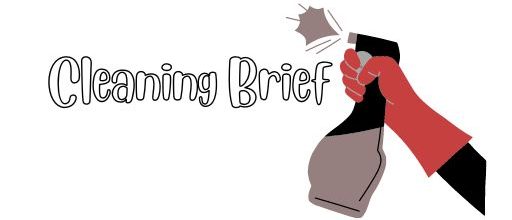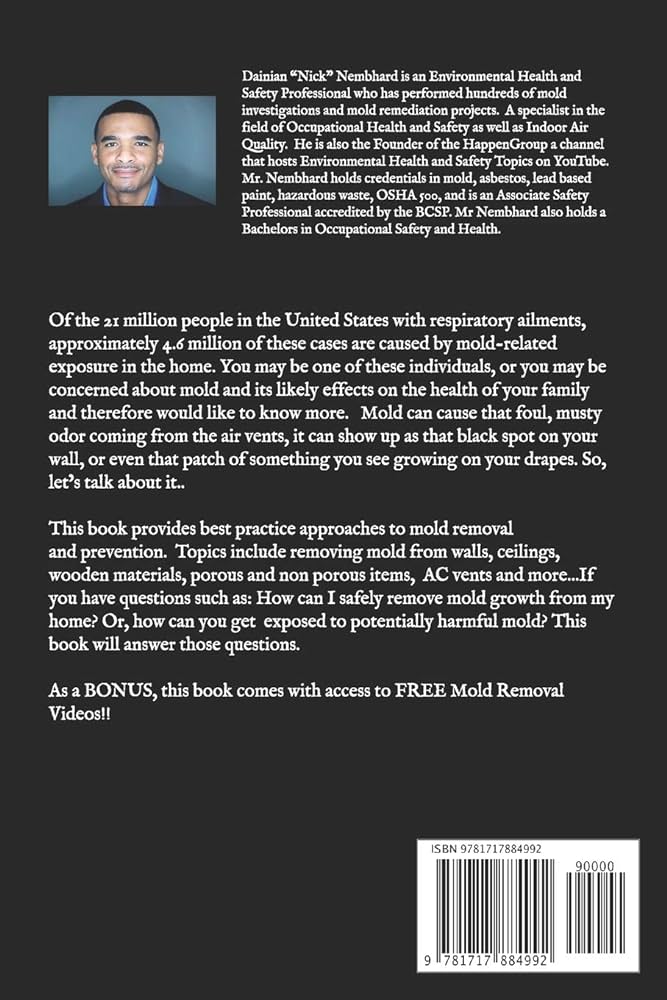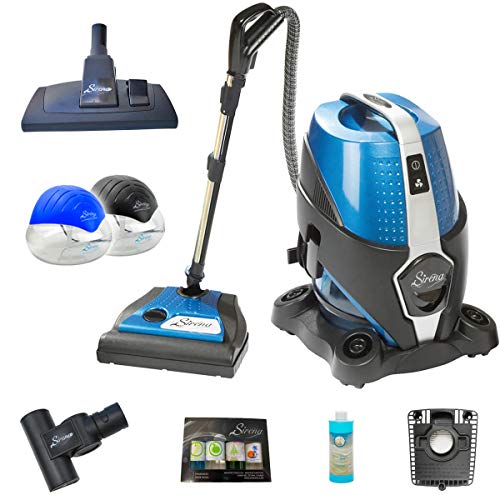How to Safely Remove Mold from Books: The Ultimate Guide
To clean mold off books, gently brush off any visible mold spores with a soft brush, then wipe the affected areas with a mixture of 50% rubbing alcohol and 50% water using a clean cloth.
Identifying Mold On Books
Spotting mold on books requires careful inspection of their covers and pages. To remove mold effectively, gently brush the affected areas with a soft brush and then wipe them with a cloth dampened in a mixture of water and dish soap.
After cleaning, allow the books to air-dry thoroughly.
Recognizing Signs Of Mold
Mold infestation is a common problem that can affect not only our homes but also our beloved books. Identifying mold on books is crucial to take immediate action to prevent further damage. Here are some signs to help you recognize if your books are affected by mold:
- Musty Odor: Mold has a distinct musty smell. If you notice an unusual, unpleasant smell emanating from your books, it may indicate the presence of mold.
- Discoloration: Mold growth often leads to discoloration on book covers and pages. Look out for spots or patches that appear fuzzy, powdery, or have changed color.
- Texture Changes: Mold-infested books may have a different texture. The presence of mold can make pages feel damp, sticky, or slimy to the touch.
- Allergic Reactions: If you experience allergic symptoms such as sneezing, coughing, or itchy eyes when handling certain books, it could be a sign of mold spores present in the pages.
Common Areas For Mold Growth
Mold can thrive in various environments, particularly in damp and humid conditions. Knowing the common areas where mold tends to grow on books can help you take preventive measures. Here are some typical locations where mold growth may occur:
- Basements: Books stored in basements are more prone to mold because of the higher levels of humidity often found in these areas.
- Attics: Similarly, books stored in attics may encounter mold problems due to poor ventilation and fluctuating temperatures.
- Bathrooms and Kitchens: Water leaks or excess moisture in bathrooms and kitchens can facilitate mold growth on books stored nearby.
- Storage Units: If your books are stored in a storage unit without proper climate control, there is a higher risk of mold infestation.
- Rooms with Poor Ventilation: Inadequate air circulation can create a humid environment, promoting mold growth on books.
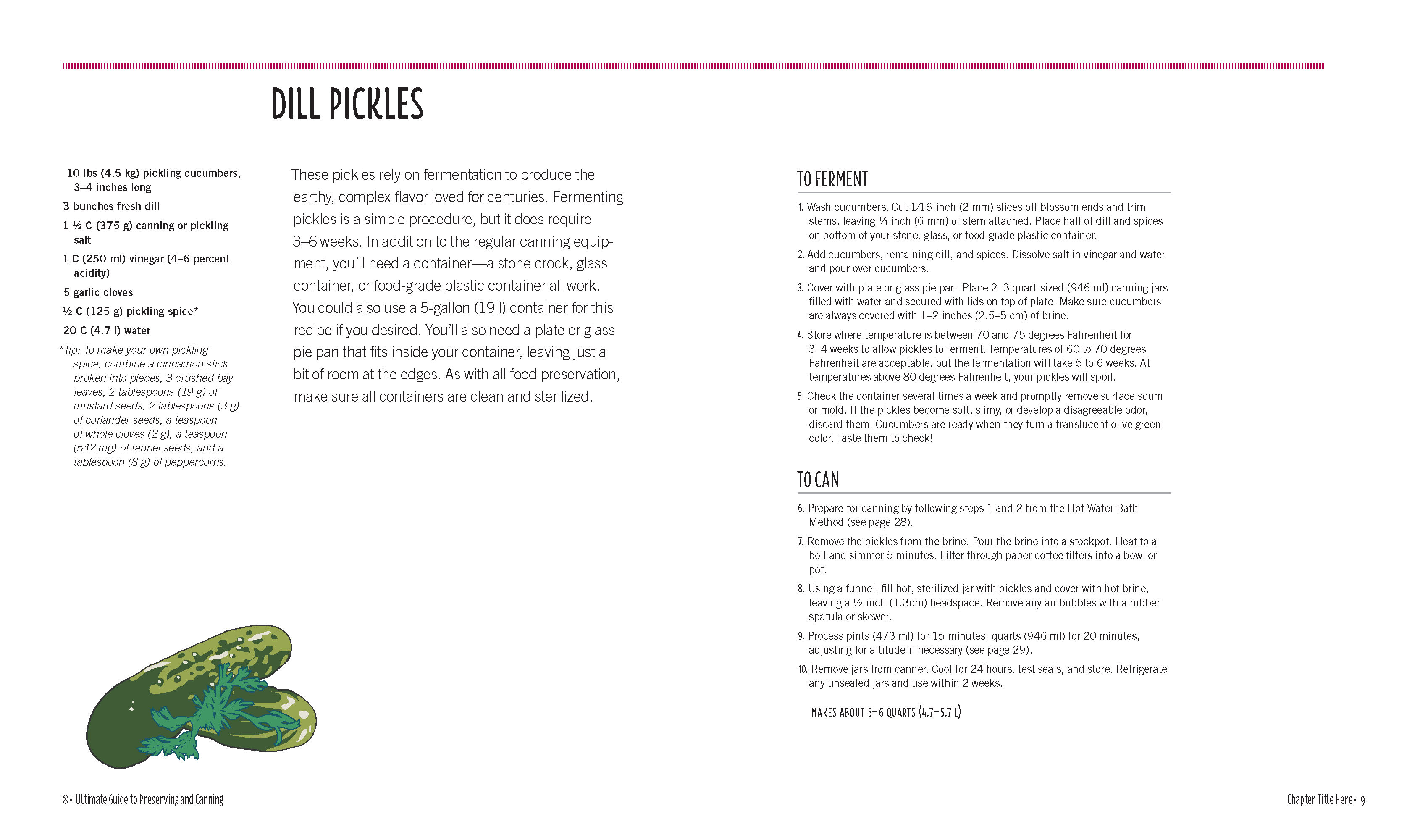
Credit: www.quarto.com
Preparing For Mold Removal
Before you begin the process of removing mold from your books, it is essential to properly prepare to ensure effective and safe mold removal. This involves gathering the necessary supplies and choosing the right workspace.
H3 Heading: Gathering Necessary SuppliesGathering Necessary Supplies
Having the right supplies on hand will make your mold removal process smoother and more efficient. Here are the essential supplies you will need:
- Face mask
- Gloves
- Protective eyewear
- Microfiber cloths
- Soft bristle brush
- Isopropyl alcohol
- Distilled water
- Baking soda
- Plastic bags
Make sure to gather all these supplies before starting the mold removal process to avoid interruptions and ensure a smooth operation.
H3 Heading: Choosing the Right WorkspaceChoosing The Right Workspace
When it comes to cleaning mold off books, it’s important to select a suitable workspace for the task. Here are three simple considerations for choosing the right workspace:
- Well-ventilated Area: Mold removal can release mold spores into the air, so it’s crucial to work in a well-ventilated space, such as a room with windows or near an open door.
- Flat, Clean Surface: Find a flat, clean surface like a table or countertop where you can lay out the books while cleaning them. This will provide stability and prevent any further damage to the books.
- Isolated Area: Set up your workspace in an isolated area to avoid cross-contamination. Mold spores can easily spread, so keeping the affected books away from other items reduces the risk of further mold growth.
Remember to choose a workspace that meets these criteria to maximize the effectiveness of your mold removal efforts and ensure the safety of both yourself and your surroundings.
Methods For Mold Removal
When dealing with mold on books, it’s crucial to employ effective methods for mold removal that preserve the integrity of the books. Utilizing appropriate techniques will ensure the elimination of mold while protecting the pages and binding. Here are the recommended methods for mold removal on books:
Dry Cleaning Techniques
To remove surface mold from books without causing damage, dry cleaning techniques are ideal. This method is suitable for addressing light mold growth and involves gently brushing or vacuuming the affected areas using a soft brush or a HEPA vacuum attachment. It is imperative to work delicately to avoid spreading the mold spores.
Wet Cleaning Techniques
For more severe cases of mold infestation on books, wet cleaning techniques are necessary. This method involves using a damp cloth with mold-removal solution to delicately clean the affected areas of the book. However, it’s essential to exercise caution and refrain from saturating the pages, as excessive moisture can cause further damage to the book.
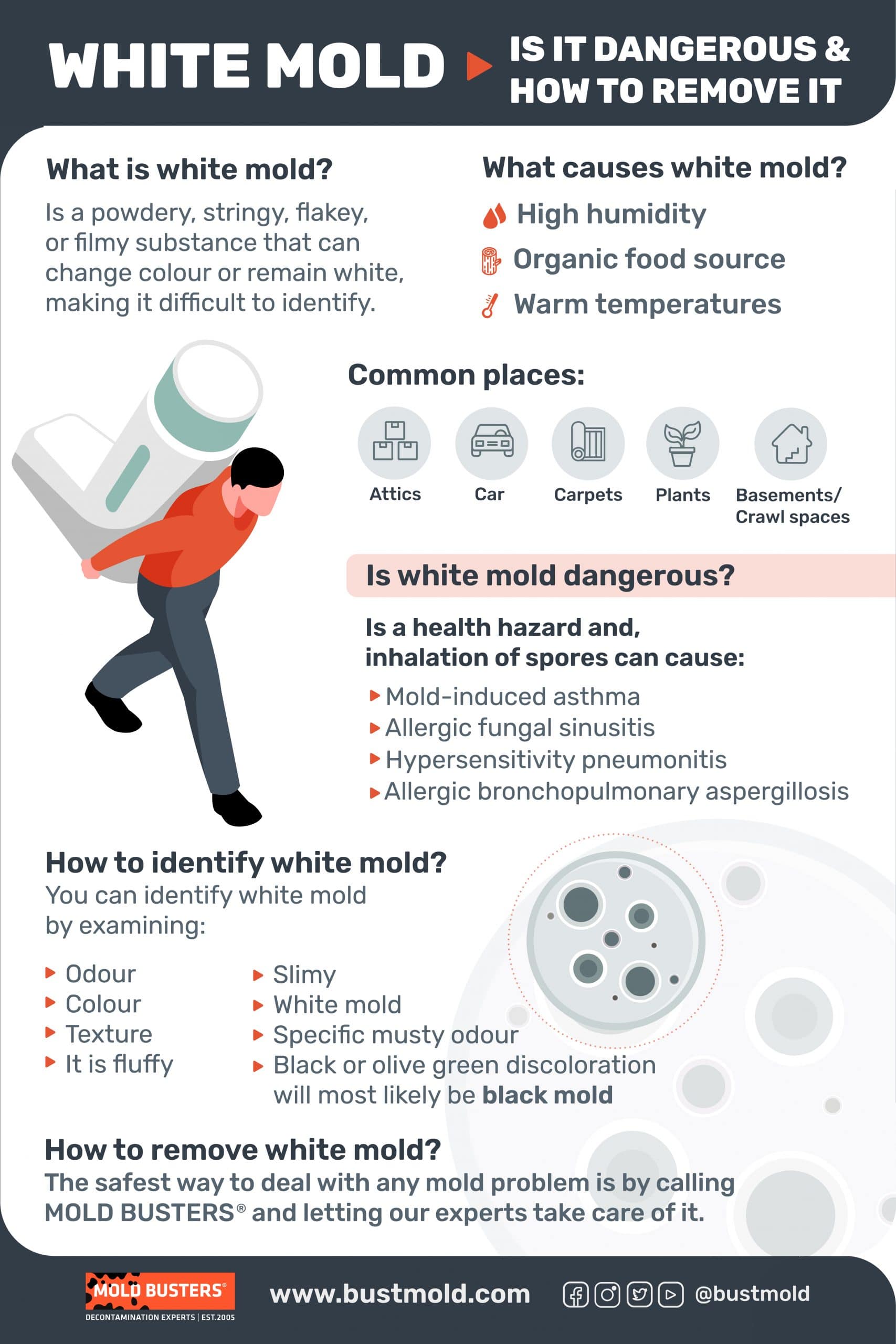
Credit: www.bustmold.com
Preventing Future Mold Growth
Learn how to clean mold off books effectively and prevent future mold growth. Follow these simple steps to ensure the longevity of your books and keep them mold-free.
Storage Tips
If you want to prevent future mold growth on your books, proper storage is key. Follow these storage tips:
- Avoid storing books in damp or humid areas like basements, garages, or attics.
- Choose a cool and dry location with good air circulation to store your books.
- Keep your books away from direct sunlight, as it can cause damage to the pages and promote mold growth.
- Use bookshelves or storage boxes specifically designed for books to keep them organized and protected.
- Ensure the shelves or boxes are sturdy and made of materials that won’t retain moisture.
- Consider using silica gel packets or dehumidifiers in your book storage area to absorb excess moisture.
Environmental Considerations
The environment plays a crucial role in preventing mold growth on books. Take these environmental considerations into account:
- Maintain a consistent temperature and humidity level in your home to discourage mold growth. Ideally, keep the temperature between 68-72°F (20-22°C) and the humidity between 30-50%.
- If you live in a particularly humid climate, use a dehumidifier to keep the moisture levels under control.
- Regularly check for signs of leaks or water damage in your home, as these can contribute to mold growth not only on your books but also in other areas.
- Ensure proper ventilation in your home, especially in areas where you store books. Opening windows or using fans can help improve air circulation.
- Keep an eye on the overall cleanliness of your home. Regularly clean and dust your bookshelves to remove any potential mold spores or allergens.
By following these storage tips and environmental considerations, you can significantly reduce the likelihood of mold growth on your books. Remember, prevention is always better than cure, so take the necessary steps to protect your cherished book collection.
When To Seek Professional Help
<![endif][if mso]>When to Seek Professional Help
<![endif]If you have discovered mold on your books, you may be wondering if you can tackle the cleanup on your own. While DIY removal can be effective for minor cases, there are situations where it is best to seek professional help. Assessing the extent of the damage and understanding the risks involved are crucial factors to consider.
Assessing Extent Of Damage
Before deciding to clean mold off books yourself, it is important to assess the extent of damage caused by mold. This involves thoroughly examining each book for visible signs of mold growth, such as discoloration, spots, or a musty odor. Additionally, check for any signs of mold on adjacent books or surfaces.
You can use the following methods to assess the extent of damage:
- Carefully flip through the pages of each book, checking for visible signs of mold or water damage.
- Inspect the book covers, spine, and edges for any visible mold growth.
- Look for indications of mold spores, such as dark spots or powdery residue.
- Pay attention to any noticeable changes in texture or structural integrity.
- Document the condition of each book for reference.
By closely examining and documenting the damage, you can determine whether the mold infestation is manageable or requires professional assistance.
Understanding Risks Of Diy Removal
While it may be tempting to handle mold removal on your own, it is crucial to understand the risks associated with DIY methods. Mold spores can be harmful to your health, especially if disturbed during the cleaning process. If you have pre-existing respiratory conditions or allergies, it is recommended to leave mold removal to the professionals.
Here are some risks of DIY mold removal:
- Inhaling airborne mold spores, leading to respiratory issues.
- Spreading mold spores to other areas of your home.
- Incomplete removal, allowing mold to regrow and potentially cause further damage.
- Using inappropriate cleaning techniques that may damage the books.
- Exposing yourself to harmful chemicals if not using proper protective gear.
Considering these risks, seeking professional help is advisable for significant mold infestations or if you are unsure how to safely and effectively remove mold from your books.

Credit: www.amazon.com
Frequently Asked Questions For How To Clean Mold Off Books
How Does Mold Affect Books?
Mold can cause irreversible damage to books by staining and weakening the pages. It also produces a musty odor and can trigger allergies. If left untreated, mold can continue to spread and destroy your book collection. It’s important to address mold infestations promptly to prevent further deterioration.
What Are The Common Causes Of Mold On Books?
The main causes of mold on books are high humidity levels, poor ventilation, water damage, and improper storage conditions. Books stored in damp basements, attics, or areas prone to leaks are particularly susceptible. Mold spores thrive in dark, moist environments, so it’s crucial to control the humidity and create a well-ventilated storage space.
How Can I Prevent Mold Growth On Books?
To prevent mold growth on books, store them in a cool, dry, and well-ventilated area. Avoid storing books in damp or humid environments, such as basements or attics. Use a dehumidifier if necessary to control humidity levels. Ensure proper air circulation by placing books on shelves with space between them.
Regularly inspect and clean your books to detect any signs of mold early on.
How Do I Clean Mold Off Books?
To clean mold off books, begin by wearing protective gloves and a mask to avoid inhaling mold spores. Gently brush off any visible mold spores outdoors to prevent spreading. Wipe the affected areas with a damp cloth or sponge soaked in a solution of mild detergent and water.
Avoid getting the pages too wet, and allow the books to air dry in a well-ventilated area.
Conclusion
Taking care of mold on your books is essential for preserving their quality and longevity. By following the steps outlined in this guide, you can ensure that your book collection remains clean and mold-free. Remember to regularly inspect and clean your books to prevent mold growth and maintain a healthy reading environment.
